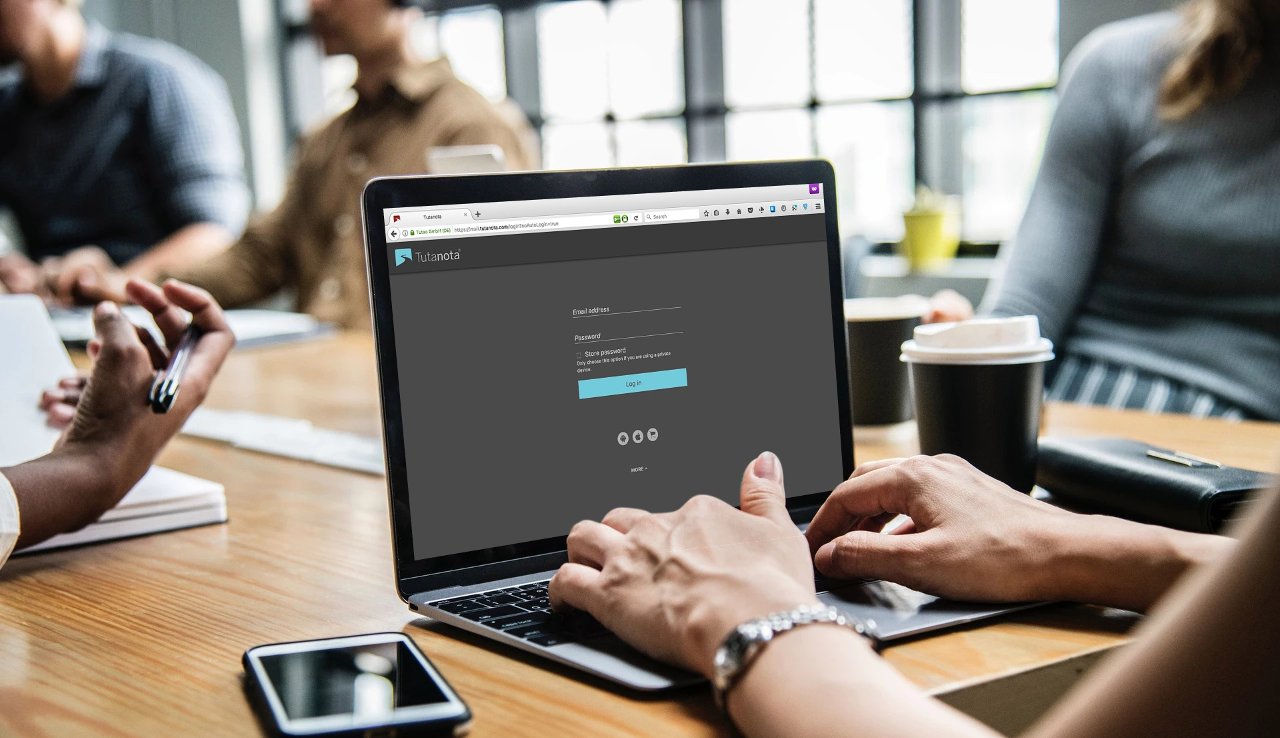Your WordPress site’s security hinges significantly on the strength of your login credentials. With the increasing sophistication of cyber attacks, reinforcing the login process is more crucial than ever. This guide delves into effective strategies for bolstering login security, from creating robust credentials to employing advanced authentication technologies.
Choosing a Secure Username:
- Avoid Common Choices: Sidestep predictable usernames like ‘admin.’ These are the first targets in brute force attacks.
- Embrace Unpredictability: Opt for a unique username that blends letters and numbers. This simple step significantly impedes unauthorized access attempts.
Crafting Strong Passwords:
- Complexity is Key: A secure password should be at least 12 characters long, incorporating a mix of upper and lower case letters, numbers, and symbols.
- Personal Info is a No-Go: Avoid using personal details like birthdays or names. These are easily crackable.
- Leverage Password Managers: Tools like LastPass or 1Password can generate and store complex passwords, streamlining security without sacrificing it.
Implementing Two-Factor Authentication (2FA):
- Understanding 2FA: This security measure adds an additional layer of verification, drastically reducing the chances of unauthorized access.
- Diverse 2FA Methods: Explore options like SMS, authenticator apps, or email verification.
- Activating 2FA in WordPress: Plugins like Two-Factor or Wordfence Security can seamlessly integrate 2FA into your login process.
The Role of Biometric Security:
- Biometrics Explained: Biometric authentication uses unique physical characteristics, like fingerprints or facial recognition, for security.
- WordPress and Biometrics: While direct integration with WordPress is complex, leveraging biometric capabilities via mobile devices adds a robust security layer.
Additional Security Practices:
- Limit Login Attempts: Plugins can restrict the number of failed login attempts, thwarting brute force attacks.
- Customize the Login URL: Altering your default login URL adds an effective obstacle for attackers.
- Update Credentials Regularly: Regular updates to your usernames and passwords are a fundamental security practice.
Before Setting Up Login Credentials:
- Balance Security with Convenience: Aim for a level of security that does not overly complicate legitimate user access.
- Educate Your Users: Ensure that all users understand the importance of strong login practices.
Conclusion: The security of your WordPress site starts at the login screen. By adopting rigorous credential practices, integrating two-factor and biometric authentication, and remaining vigilant about security trends, you can significantly fortify your site against threats.





